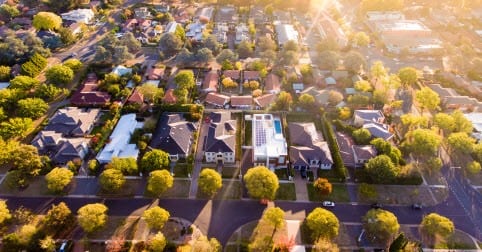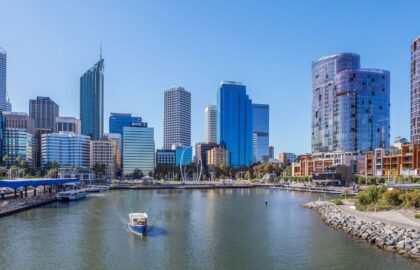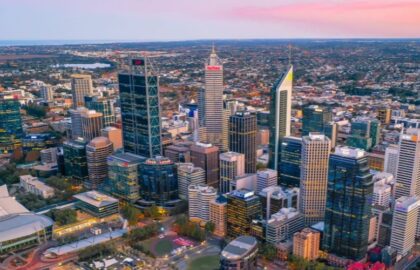Disclaimer: Information contained herein have been sourced directly from reiwa.com.au The article/s below have been slightly altered.
Author: REIWA President Damian Collins

With WA’s population expected to grow from 2.5 million currently to between 4.4 and 5.6 million by 2050, there is much to be done to ensure our state can cater for this growth.
The State Planning Strategy 2050 forecasts that up to 550,000 new dwellings will need to be built in Perth alone to cater for this surge in population and that not only will there be significantly more people living here, the household composition and age demographic is going to change considerably too.
Local governments all have a role to play
We have a lot of work to do over the next 30 years to be able to meet this new and changing demand.
Work that will require collaboration between communities, state and local governments alike to achieve.
If you’ve been paying attention to some of the local planning debates that have been raging across Perth, you’ll know that the issue of ‘density’ is a hot topic at the moment. The City of Nedlands in particular has featured quite prominently in the debate with the local government hesitant to update their local planning scheme for fear of diminishing their area’s appeal.
While these concerns are understandable and steps should be taken to preserve the character, charm and heritage of these areas,
Perth’s housing supply must evolve to accommodate our growing population.
The WA Government have made their intention clear on this matter, with Planning Minister Rita Saffioti recently announcing she would be intervening and drafting a new planning scheme for the City of Nedlands. While it’s unfortunate the WA Government have had to step in on a local government matter,
it is critical that our state’s housing supply diversify to meet infill targets and improve liveability.
Re-think density
Increasing density doesn’t have to mean chopping up blocks or building giant high rise apartments in the suburbs, it can be well-designed medium density housing that keeps with the look and feel of the suburb. It also means the inclusion of better public transport options and other positive infrastructure.
The City of Fremantle have led the way in this area, introducing amendments to its Local Planning Scheme that allow for increased medium density housing within special control areas in Beaconsfield, Fremantle, Hilton North, O’Connor, and White Gum Valley. Their innovative approach towards these amendments is an excellent example of how medium density housing can be applied effectively in well-established suburbs, without negatively impacting on its appeal.
With Perth currently tracking well behind its infill target of 47 per cent, every local government and city council must be proactive in improving their local planning schemes to enable a greater supply of housing diversity for its residents so the WA Government’s infill aspirations can be achieved.








